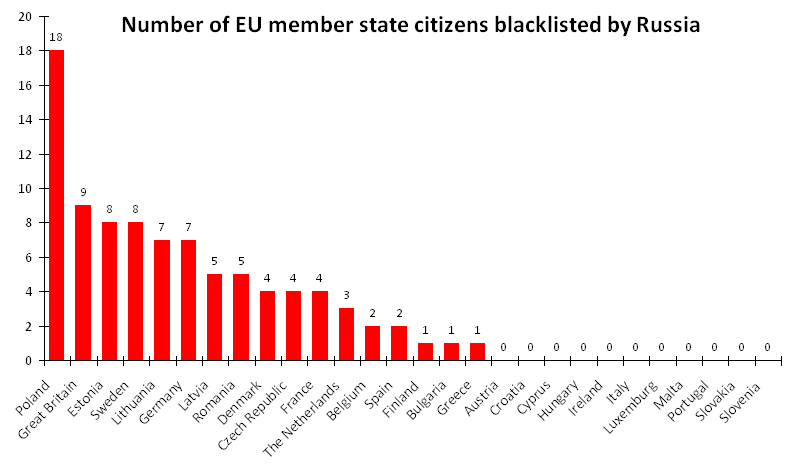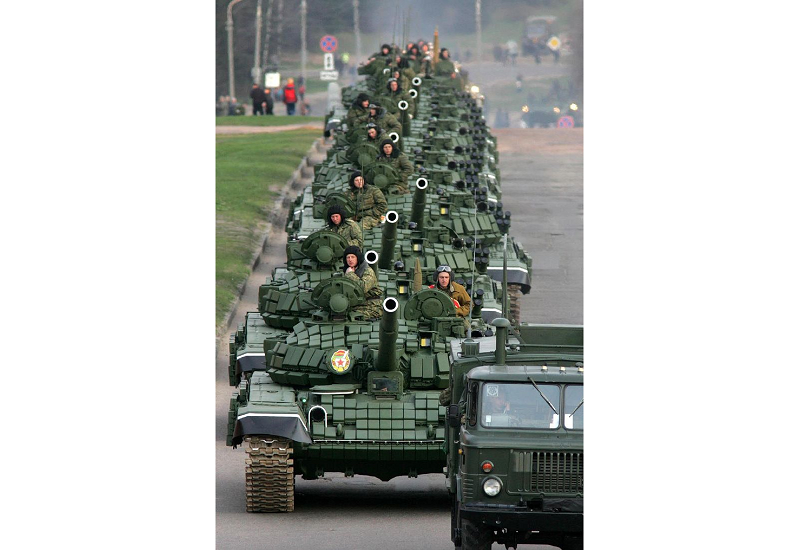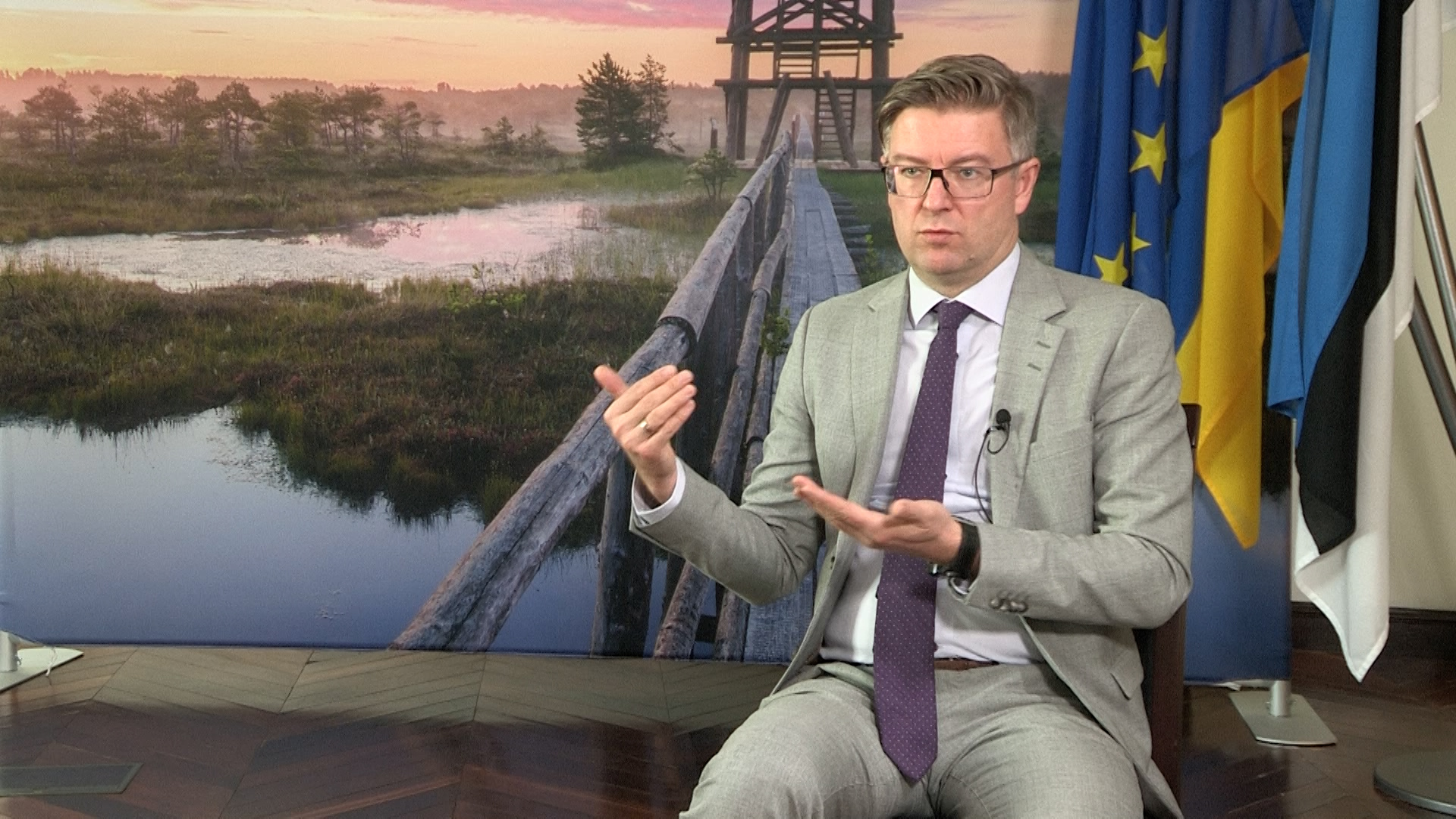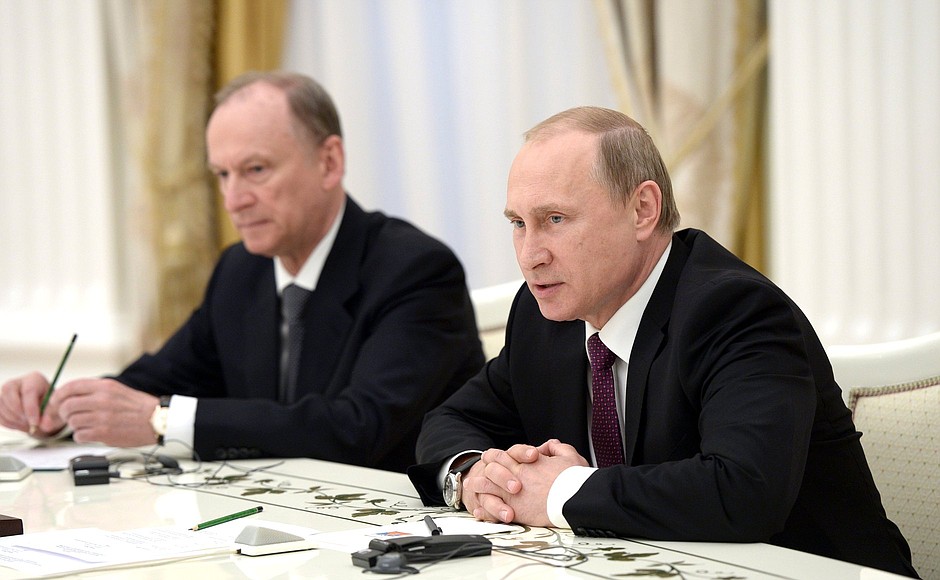Moscow’s “black list” of European political figures who now will be denied entrance to the Russian Federation suggests that in the view of the Kremlin, Poland is Russia’s “most dangerous opponent” in Europe and that Estonia is “the most harmful,” according to Andrey Illarionov.

The Russian analyst has analyzed the list of names Moscow has compiled but not officially released and presented his findings in a blog post which has been picked up by a variety of portals.
Illarionov suggests the data show the following:
- First, they indicate that “the Kremlin has declared war on a significant part of the contemporary European political elite.”
- Second, they show that Moscow is attacking Europeans across the political spectrum and not just in one or another sector.
- And third, he says, the list, which includes figures from 17 of the 28 EU member countries, reflects the Kremlin’s worldview and agenda in that there is a fundamental divide between “the frontline states (the Baltic countries, the Scandinavian countries, Poland and Romania)” and the rest of Europe with the former far more penalized than the latter.
 He notes that 11 EU member countries – Austria, Hungary, Slovakia, Croatia, Slovenia, Italy, Malta, Cyprus, Portugal, Luxemburg and Ireland – do not have anyone on the list, while Poland has the most (18) and Estonia has the largest number relative to its population (5.8 per million).
He notes that 11 EU member countries – Austria, Hungary, Slovakia, Croatia, Slovenia, Italy, Malta, Cyprus, Portugal, Luxemburg and Ireland – do not have anyone on the list, while Poland has the most (18) and Estonia has the largest number relative to its population (5.8 per million).
But it shows more than that, he argues. The list shows that “the current Russian regime is not only not trying to achieve any resolution or compromise” with the West “but is consciously seeking to exacerbate the conflict, broadening its extent and intentionally raising the stakes in the de facto war it began” in Georgia, Ukraine, and other post-Soviet states.
Now, Illarionov says, Moscow is engaged in a war “against the entire European Union.” But Moscow should reflect on the likely outcome of such a struggle: “Since the times of the medieval barbaric attacks, the history of Europe does not offer a single example of successful aggression launched against it.”






